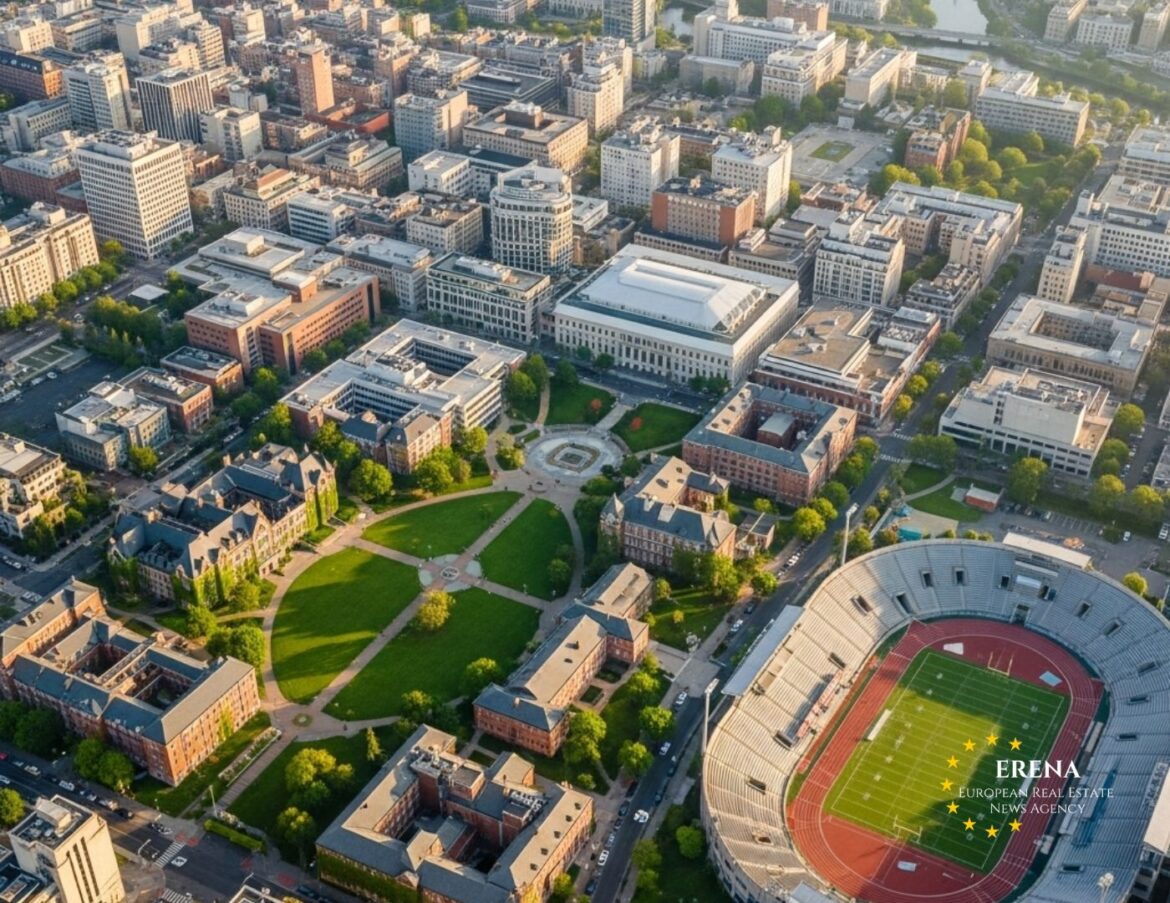Location remains a cornerstone of successful real estate investing. Areas near stadiums and universities are especially attractive due to their constant foot traffic, steady rental demand, and long-term value appreciation. These locations often create vibrant micro-economies that support both short- and long-term housing strategies.
Why These Areas Are Attractive to Investors
Stadiums and universities generate consistent activity. Universities bring in students, faculty, and staff year-round, while stadiums draw large crowds during events. Both types of institutions drive local economic growth and improve surrounding infrastructure, making them magnets for property development.
“Being near a university or stadium ensures ongoing rental demand. That’s rare and valuable,” says Irina Stepanova, a real estate investment analyst.
What Types of Properties Are in Demand
Near Stadiums:
- Short-term or event-based rentals
- Studios and compact apartments
- Guesthouses and small hotels
- Commercial units for retail or services
In University Districts:
- Student dorms or modern student housing
- Co-living units
- Apartments for faculty and researchers
- Shared homes divided into studios
- Mixed-use developments with housing, coworking, and cafés
High-Potential Cities in Europe
Oxford, United Kingdom
A globally renowned university city with a dense and stable student population. Real estate here offers consistent returns and low vacancy rates. Prices start around €6,000/m². Rental yields: up to 7% annually.
Barcelona, Spain
The Les Corts district, home to major stadiums and universities, sees mixed rental demand. Prices start at €4,500/m², with income coming from both student tenancies and event-related visitors.
Munich, Germany
The northern part of the city, home to Allianz Arena and the Technical University, is among the most stable for real estate. Strong transit links and affluent tenants ensure solid returns.
Gothenburg, Sweden
The city’s combination of universities and sports arenas supports co-living models and eco-friendly student housing. Prices start from €4,200/m².
Lisbon, Portugal
Areas around Estádio da Luz and the NOVA University are gaining popularity due to their affordability (€3,500–4,000/m²) and improved public transport.
Advantages of Investing in These Areas
- Reliable demand: Stadiums and universities ensure regular occupancy.
- Enhanced infrastructure: These areas typically offer good public transport, shops, medical services, and recreation.
- Capital appreciation: Proximity to prestigious institutions boosts property value.
- Rental flexibility: Properties can cater to both short-term and long-term leases.
Important Considerations
- Zoning and rental regulations
Many cities impose rules on short-term rentals. Always check local legislation. - Seasonality of demand
Student-heavy areas may slow down in the summer, while stadium areas can be quiet outside sports seasons. - Event-related disturbances
Crowds and traffic during match days can be disruptive. Property design and noise insulation are important. - High competition
Desirable areas can become saturated. Investors should consider how to differentiate through design, services, or management.
Tips for Investors
- Prioritize transport accessibility
Proximity to metro lines, buses, and bike lanes increases property value. - Choose compact formats
Studios and small flats are easier to rent, especially to students or event visitors. - Invest in quality upgrades
Energy-efficient features, modern interiors, and good furnishings improve returns. - Work with local management
For remote investors, professional property management ensures stable operations and income.
“We purchased two properties near a technical university and haven’t had a single vacancy. They’re booked year-round,” shares Dmitry Ovchinnikov, an investor based in Tallinn.
Financial Snapshot
| City | Avg. Price, €/m² | Annual Yield |
|---|---|---|
| Oxford | 6,000–7,500 | 5–7% |
| Barcelona | 4,500–6,000 | 4–6% |
| Munich | 7,000–8,500 | 3.5–5.5% |
| Gothenburg | 4,200–5,000 | 4–5% |
| Lisbon | 3,500–4,200 | 4.5–6% |
Conclusion
Real estate near stadiums and universities offers strong potential for investors seeking steady cash flow and future growth. These locations provide flexibility in rental models and tap into a continuous demand cycle.
“Property near a university is an investment in knowledge and the future. Near a stadium, it’s about investing in energy and events. Both strategies can work well if planned smartly,” summarizes Sofia Lang, an urban real estate expert in Berlin.
For investors willing to take a strategic and analytical approach, these dynamic neighborhoods can deliver consistent income and lasting value.

